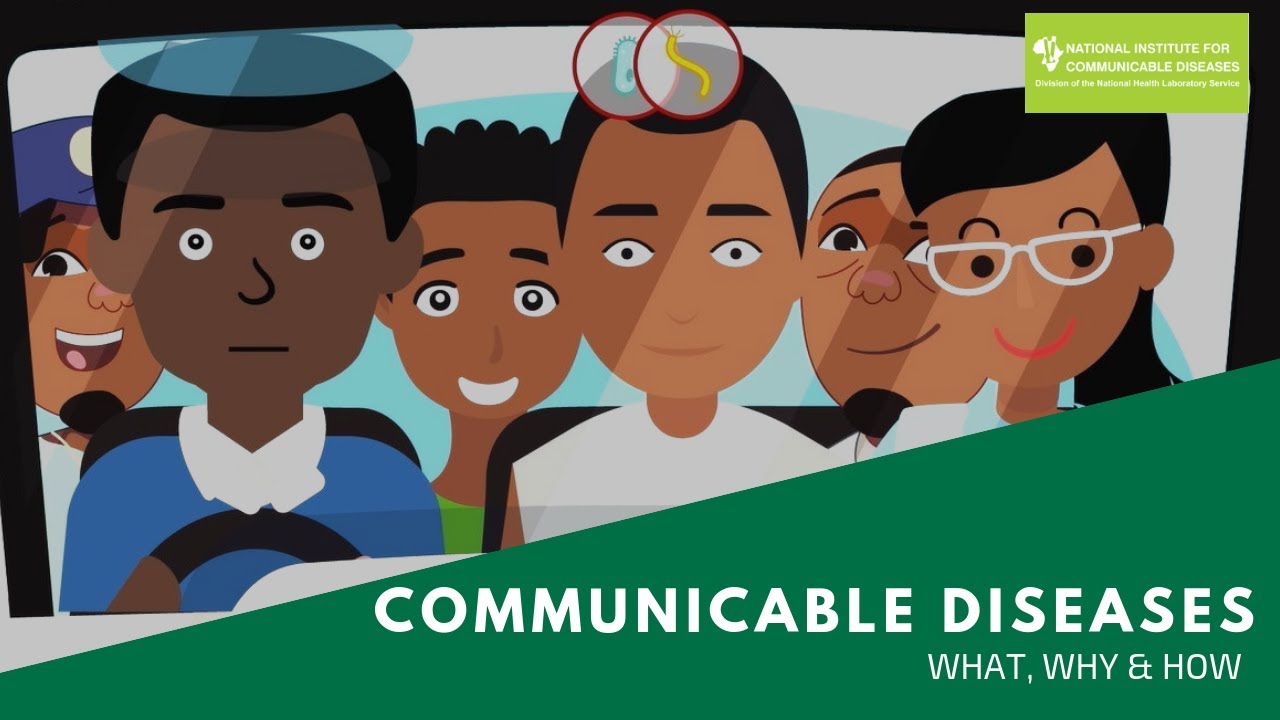Unraveling the Mystery of Immunity | Dr. James Crowe, Jr. | TEDxNashville
Summary
TLDRThe speaker, a physician and scientist, recounts a profound experience with the death of a child in East Africa, igniting a passion to combat infectious diseases. He discusses the human immune system's complexity, highlighting its vast potential to create antibodies, and the importance of vaccination as evidenced by smallpox eradication. The talk also explores modern challenges, like the 1918 flu, and innovative approaches in synthetic genomics to harness natural antibodies from survivors as potential treatments for future outbreaks.
Takeaways
- 🌱 The speaker is a physician and scientist with a focus on the human immune system, motivated by a profound experience in East Africa witnessing the impact of infectious diseases on children.
- 💔 A pivotal moment in the speaker's career was when they had to return a deceased child to its mother, an event that instilled a lifelong commitment to combating infectious diseases.
- 📚 Historically, pandemics like the Black Death, the 1918 influenza, and smallpox have had devastating effects on human populations, with death tolls reaching into the millions.
- 🌟 The eradication of smallpox through vaccination represents a significant victory for humanity against infectious diseases, demonstrating the power of medical science.
- 🛡️ The human immune system is a complex defense mechanism that circulates throughout the body, with white blood cells playing a crucial role in fighting infections.
- 🧬 The Human Genome Project revealed that humans have approximately 25,000 genes, a number that initially seemed insufficient to account for the diversity needed to combat pathogens.
- 🔬 The immune system's ability to generate a vast array of antibodies through gene combinations and mutations provides a deep and rich defense against a multitude of pathogens.
- 🧬🌌 The potential diversity of antibodies in the human body is estimated to be greater than the number of stars in the galaxy, highlighting the immense capacity of the immune system.
- 🧪 Modern techniques in synthetic genomics and sequencing allow scientists to study and replicate antibodies from individuals who have survived infections, offering new therapeutic possibilities.
- 🌐 The speaker's team is undertaking an ambitious project to sequence all antibodies in the human population, which could lead to a publicly accessible database for scientific research.
- 🛡️🌟 The human immune system is a marvel of nature, capable of incredible feats of defense and adaptation, and each person carries this 'universe within' them.
Q & A
What was the speaker's profession and area of study?
-The speaker is a physician and a scientist who studies the human immune system.
Where did the speaker work during his senior medical student years?
-The speaker worked in a rural hospital in East Africa, among the Kip, Cigy people.
What was the challenging aspect of the speaker's experience in East Africa?
-The challenging aspect was the overwhelming burden of infectious diseases in young children.
What event during the speaker's time in the hospital deeply affected him?
-The event was when the speaker encountered a child who had no heartbeat and had to inform the parents of the child's death.
What did the speaker vow to do after the traumatic experience with the child's death?
-The speaker vowed to dedicate his life and career to combating infectious diseases, especially for the most vulnerable.
What historical pandemics were mentioned in the script?
-The script mentioned the Black Plague, the 1918 influenza pandemic, and smallpox.
How did humanity achieve the eradication of smallpox?
-Humanity achieved the eradication of smallpox through vaccination using a weakened virus.
What is the significance of the immune system in the human body?
-The immune system is the body's defense mechanism that wards off or cures infections.
How does the speaker describe the diversity of antibodies in the human immune system?
-The speaker describes the diversity of antibodies as having combinatorial diversity, with the potential to create 10 to the 18th different antibodies.
What is the process of synthetic genomics mentioned in the script?
-Synthetic genomics is the process of creating artificial DNA sequences, which can be used to produce specific antibodies in a lab setting.
How did the speaker's team obtain antibodies from a survivor of the 1918 pandemic?
-They obtained blood from 100-year-old subjects who had experienced the 1918 infection and extracted antibodies from their blood that could kill the virus.
What is the potential application of the antibodies obtained from Michelle Barnes, a survivor of Marburg virus infection?
-The antibodies obtained from Michelle Barnes are being developed as a therapy for future cases of Marburg virus or in the event of an outbreak.
What does the speaker suggest about the human immune system's capability against infectious diseases?
-The speaker suggests that the human immune system is a deeply complex and powerful system capable of combating a vast array of infectious diseases.
Outlines

このセクションは有料ユーザー限定です。 アクセスするには、アップグレードをお願いします。
今すぐアップグレードMindmap

このセクションは有料ユーザー限定です。 アクセスするには、アップグレードをお願いします。
今すぐアップグレードKeywords

このセクションは有料ユーザー限定です。 アクセスするには、アップグレードをお願いします。
今すぐアップグレードHighlights

このセクションは有料ユーザー限定です。 アクセスするには、アップグレードをお願いします。
今すぐアップグレードTranscripts

このセクションは有料ユーザー限定です。 アクセスするには、アップグレードをお願いします。
今すぐアップグレード関連動画をさらに表示

COMMUNICABLE DISEASES | What? Why? How?

The Search for New Antibiotics Under the Sea

How to manage your mental health | Leon Taylor | TEDxClapham

When You Don't Know What To Do, Just Pray to Sri Sathya Sai

EL MAESTRO QUE ME HIZO LLORAR | YOKOI KENJI

The Danger of Fearing Death | Richard Holm | TEDxBrookings
5.0 / 5 (0 votes)
